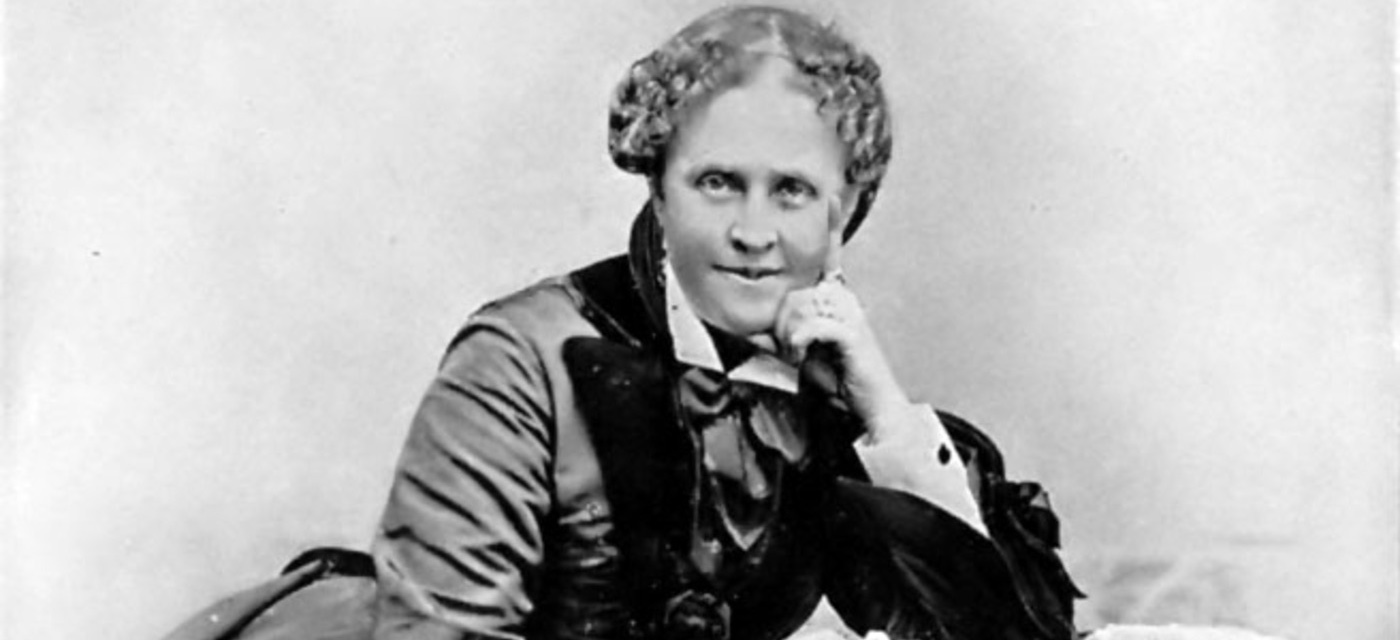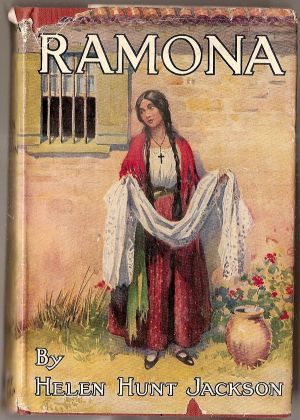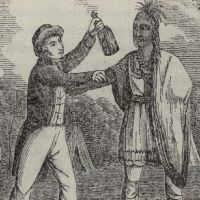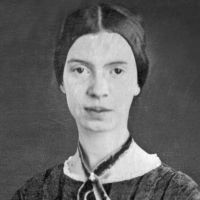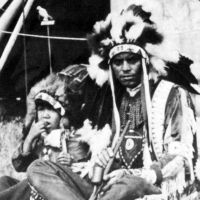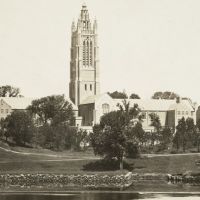Primary Source
The study I have given to the Indian question in its various aspects, past and present, has produced in my mind the firm conviction that the only certain way to secure the Indians in their possessions, and to prevent them from becoming forever a race of homeless paupers and vagabonds, is to transform their tribal title into individual title, inalienable for a certain period; in other words, to settle them in severality, and give them by a patent an individual fee-simple in their lands. Then they will hold their lands by the same title by which white men hold theirs, and they will, as a matter of course, have the same standing in the courts, and the same legal protection of their property."
From A Century of Dishonor: A Sketch of the United States Government's Dealings with Some of the Indian Tribes, by Helen Hunt Jackson (Harper & Brothers, 1881).


